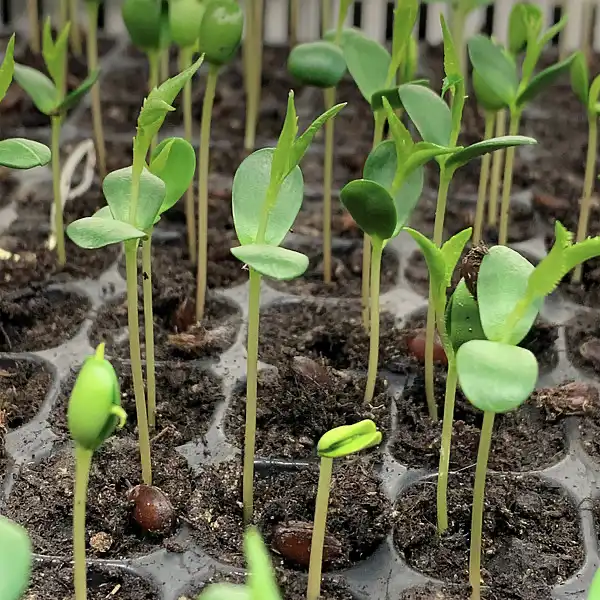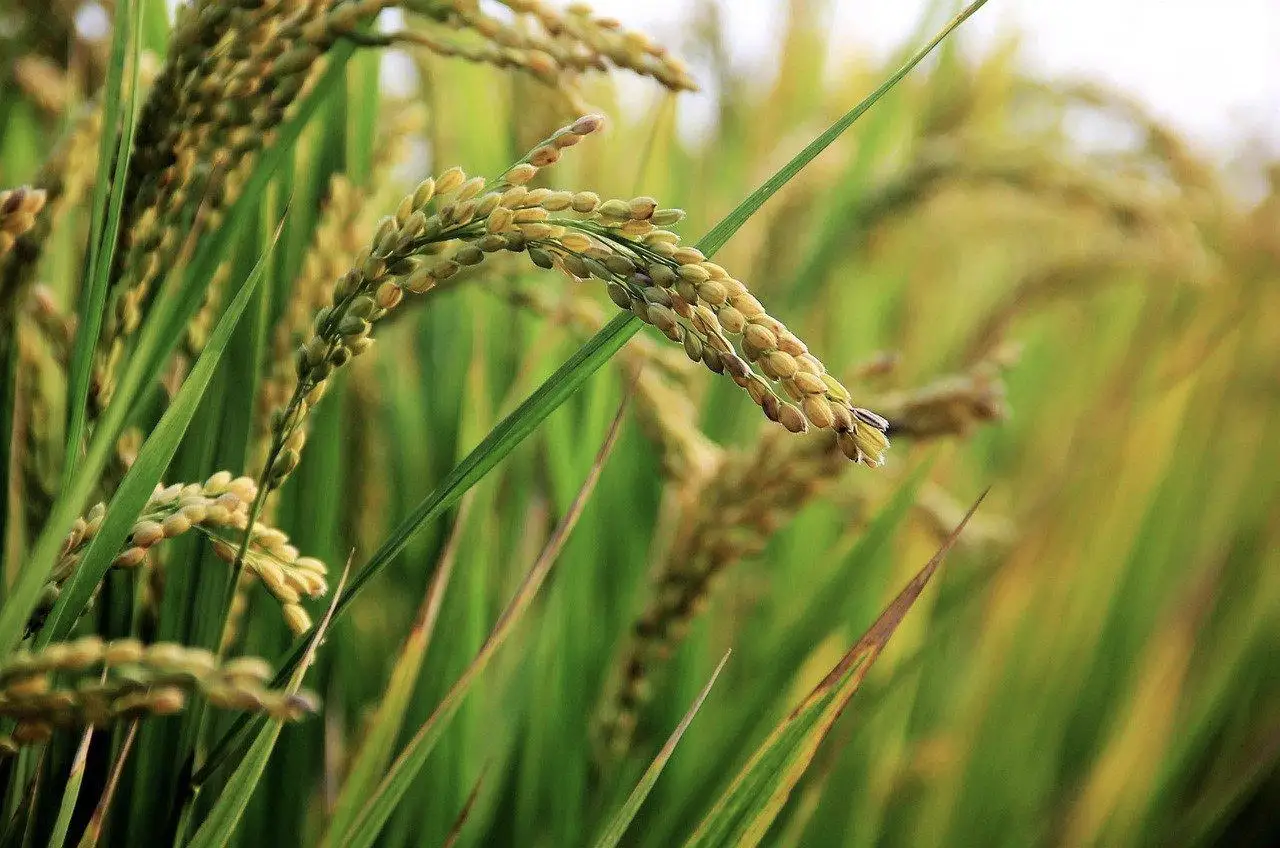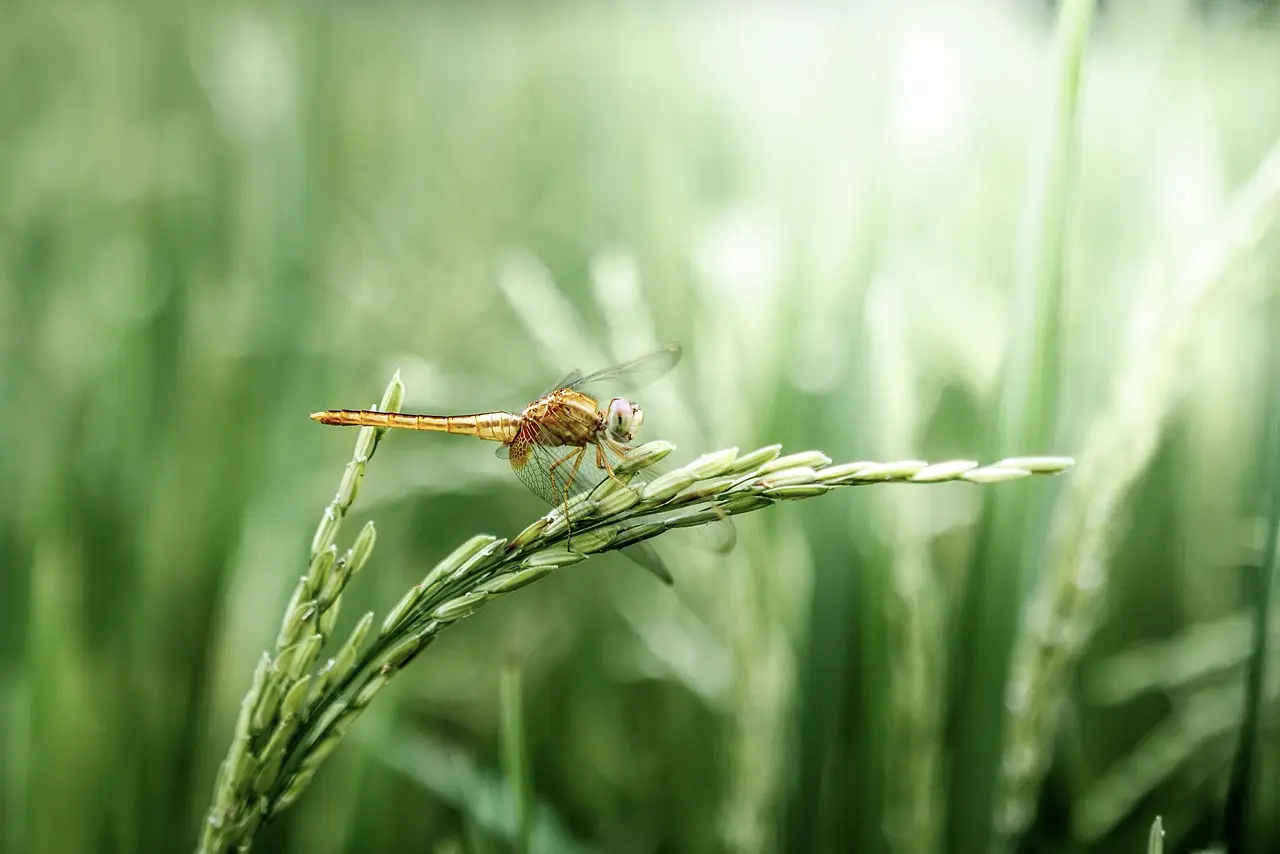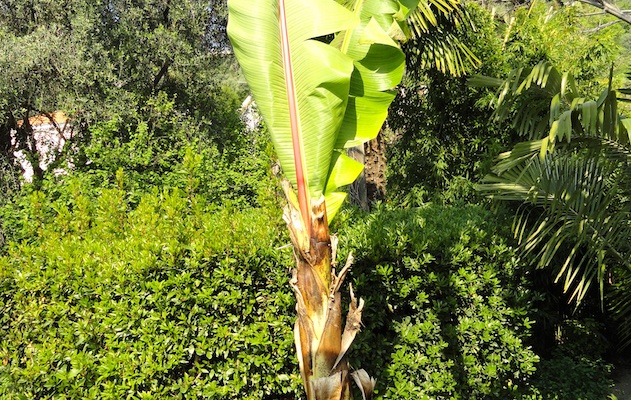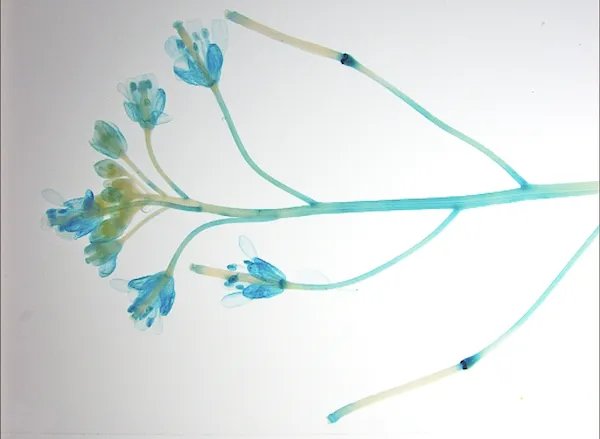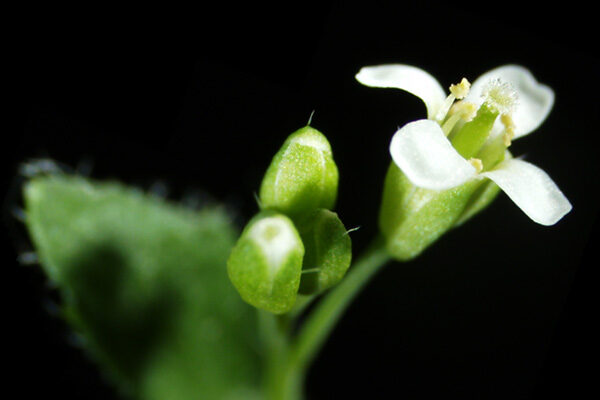
Iron is a critical micronutrient for the survival of plants and humans, yet too much iron can also be toxic. An interdisciplinary research team has discovered that the protein PATELLIN2 is not only involved in regulating iron levels in plants.…
Read More



